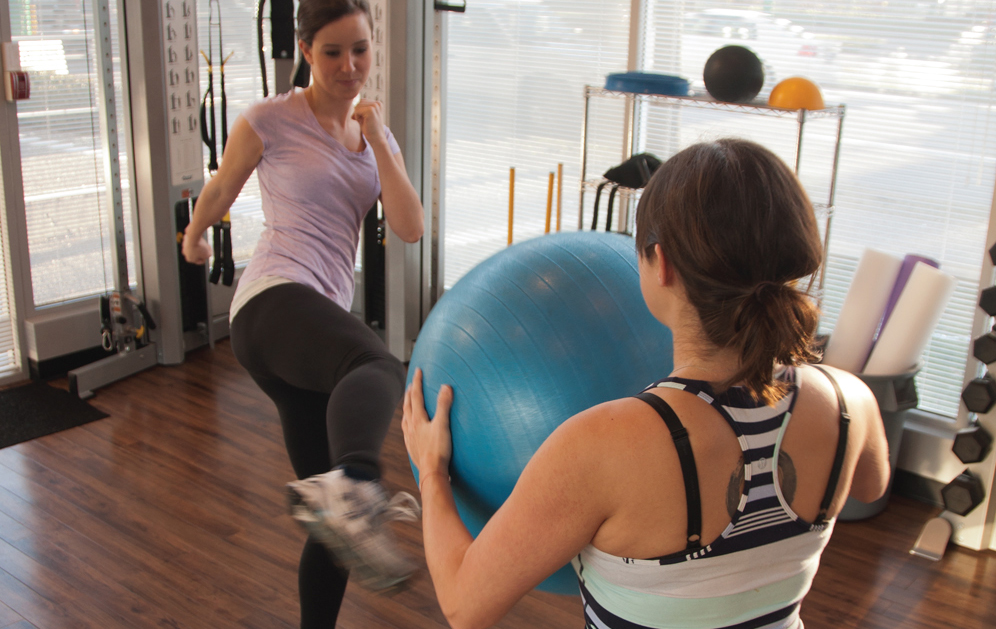Active Rehab: How It Helps to Recover?
You may have been prescribed by your doctor for rehabilitation when you get injured seriously. Do you know what Active Rehabilitation is? What’re the benefits of Active Rehabilitation? What’s the role of active rehab in recovering your body? And how does it actually help to recover from various chronic conditions?
Everything will be discussed in this article.
According to the World Health Organization (WHO), rehabilitation is one of the essential components of Universal Health Coverage (UHC), which features alongside “promotion of good health, prevention of severe diseases, treatment and palliative care”. Hence, rehabilitation majorly focuses on attaining functional independence in activities of daily living (ADL), involvement in work, recreation, and education, with individuals being able to achieve meaningful roles in daily life.
Distinctly, rehabilitation is pivotal in achieving not only individual health benefits but an overall universal health goal that permits the building of a healthy and functional global population.

Active Rehabilitation Overview:
The term Active Rehabilitation is also known as Active Rehab. In Simple words, Active Rehabilitation is a recovery-based activity that helps in correcting body mechanics and neural pathways to restore mobility of injured areas.
It also helps in recovering from various ailments which are listed below:
- Enhance the level of function
- Helps in the getting rid of chronic pain condition
- Overcome serious injuries
The major goal of rehabilitation is to help in retaining physical abilities and enhancing the performance of overall well-being. Even if you’ve been injured due to a motor vehicle accident then having active rehabilitation may help.
Who Provides Active Rehabilitation?
Many people have a question in their mind, where they can get Active Rehab therapy? The answer is “Kinesiologist”. Yes, you heard it right. A Kinesiologist has expertise in studying movements of the human body.
Active Rehab Mechanism: How It Actually Helps to Recover?
Here, we’re taking the example of an athlete and we’ll also get to know the various stages in Active Rehabilitation.
Rehabilitation after a severe physical injury requires a group approach. The five stages of rehabilitation are discussed which involve diagnosis, control of irritation, promoting healing, enhancing body fitness, and controlling maltreatment. Getting back to normal activities can happen once these things are achieved and everyone is in order.
The diagnosis and management of sports-related injuries require a multidisciplinary approach. The sports medicine physician’s major duties are to establish a correct treatment and direct rehabilitation, enlisting the ability of physical therapists, orthopedists, athletic training experts, and coaches. You can direct the management with the following five stages that can lead to a return to the normal functioning of the body.
There are various stages of Rehabilitation are listed below:
1 Establishment of the Treatment
Successfully treating an injured athlete requires correctly identifying the injury. Indefinite diagnoses, such as knee pain or shin splints, fail to clearly explain anatomic dysfunction. Whereas treating such as medial tibial stress syndrome or patellar tendonitis helps in more clearly defining the disorder. Diagnosis of most injuries requires only a thorough history, physical examination, and selected radiographs.
Ask the patient queries like focusing on identifying the transition that may have contributed to the injury. When did the injury or scratch occur? Did the patient recently start to utilize new equipment? Change training location, intensity? Queries should also focus on clarifying the quality of pain. Understanding the athlete’s training goals and intensity may help conclude the endpoint for rehabilitation.
One of the major factors is that physical examination of the root problem reveals contributing natural abnormalities. The entire extremity and/or kinetic chain needs to be thoroughly investigated when evaluating a particular injury. Kinetic energy is energy produced by movement; a series of body segments connected by joints can be imagined as a chain. The kinetic chain thus may be termed as the movement of body segments. Failure to recognize muscle imbalance patterns and structural misalignment often sabotages a well-planned rehabilitation program.
2 Rest and Secure the Injury
Have you noticed that when you have inflammation and discomfort it will make it difficult to move the injured body part because when your body is in motion, you’re likely to feel more pain and discomfort?
In this condition, Physiotherapists recommend joint mobilization and soft tissue preparation to regain the very initial stage of motion and it plays a major role in active rehabilitation. The healing process may be delayed by starting activities too early.
By starting, implementing advanced training that is suitable for your injury can help to get the intensity of motion back to its normal stage and save the lasting effect on the functionality of the body that lessens range of motion.
3. Recovery of Your Strength
Many people have a question in their mind that how their ensuing period of injury can result in muscle weakness and loss of endurance. Within four to six weeks of the period after injury and surgery, objective tests of muscle fatigue were reported.
4 Function Recovery
The last but not the least stage in active rehabilitation is “Function Recovery” which has major importance. In this step, the major goal is to recover sport-specific function. Restoring coordination and balance, the Injury rehabilitation phase can include.
So far, we’ve discussed how active rehabilitation actually helps and what are the various stages involved in Active Rehabilitation.
